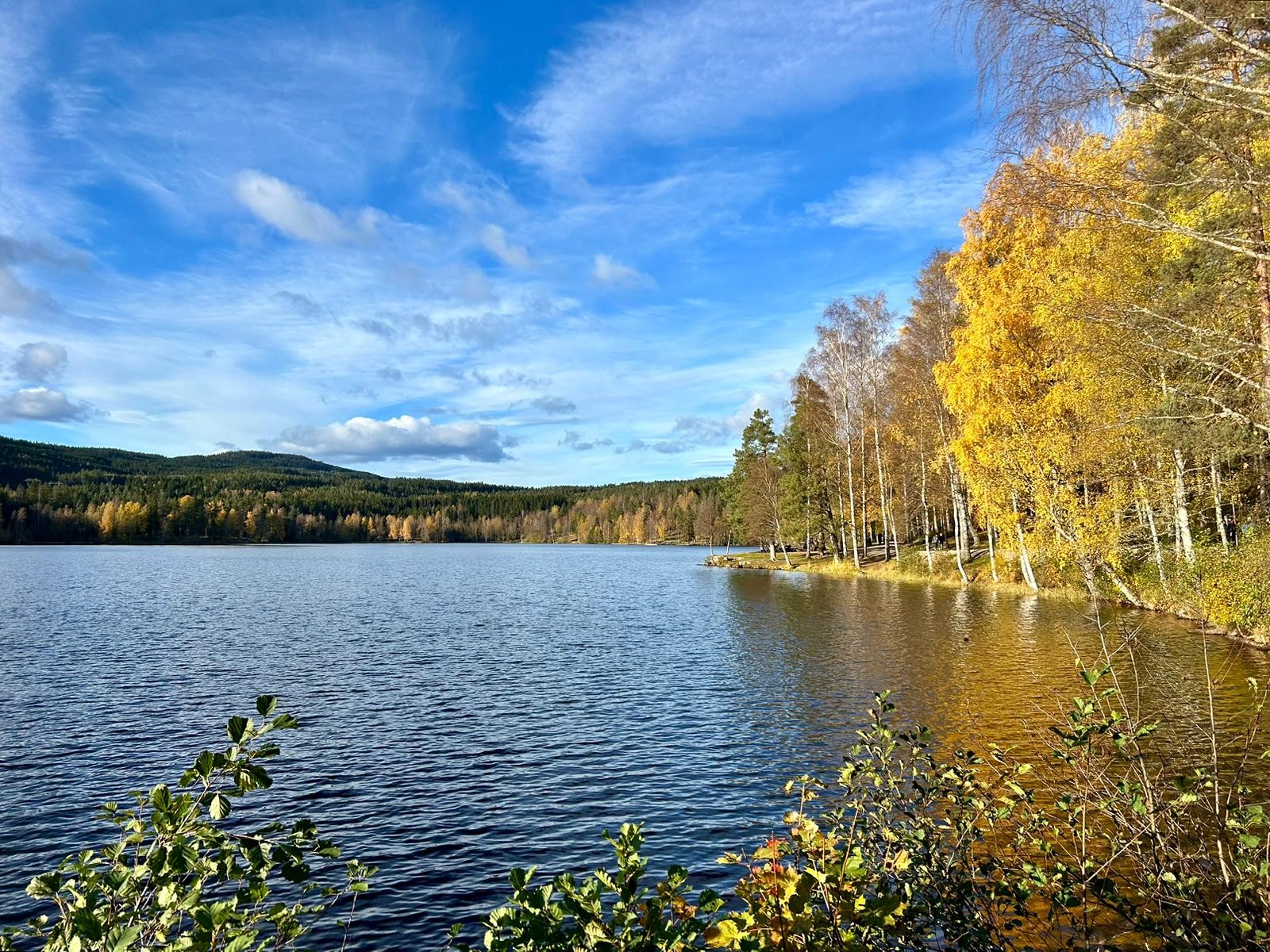The Disputation will be live streamed for everyone else.
The livestream will be activated 15 minutes before the Defense starts.
Trial lecture
November 24th, 10:15 AM, Auditorium 3, Chemistry building
Trial lecture title:
“Present and future challenges for ensuring safe drinking water quality in Fennoscandinavia: a chemists perspective.”
The trial lecture will be live streamed for everyone else.
The livestream will be activated 15 minutes before the trial lecture starts.
Kreeringssammendrag/Conferral summary
Konsentrasjonen av løst organisk materiale (LOM) i boreale innsjøer vil stort sett fortsette å øke i fremtiden på grunn av utvidelse av skogen rundt innsjøene, avsetning av nitrogen og redusert vannføring. Tilførslene av LOM i vannet vil primært bli brukt til respirasjon av mikroorganismer. Dette tar til orde for å koble LOM- og CO2-konsentrasjon i boreale innsjøer, som representerer betydelige CO2-kilder spesielt i Sverige og Finland.
Main research findings
Carbon cycle in boreal lakes.
Surface water in the Nordic countries, a crucial resource, has been undergoing a noticeable browning trend over recent decades due to increased dissolved organic matter (DOM), originating from microscopic residues of living organisms. This dissertation delves into three key aspects of this phenomenon.
Firstly, a comprehensive dataset spanning Norway, Sweden and Finland was used to investigate the relative contribution of various factors to this browning. Acid deposition of sulfur and nitrogen in the 60-70s had resulted in a decrease of DOM concentration. While nitrogen deposition still plays a role nowadays, vegetation growth has a larger positive effect. Predictions based on climatic scenarios foresee a continued rise in DOM.
Secondly, the study focuses on the fate of DOM in lakes, where microorganisms consume it. The rate of microbial respiration was measured. This highlighted that the DOM originating from lakes surroundings, particularly hard to degrade, stimulates microbial respiration, releasing CO2. Nitrogen availability, however, constrains this process.
The high DOM concentration in lakes is linked to CO2 emissions. In Norway, where lakes are small and clear, lakes contribute little to the national carbon budget. In Sweden and Finland, however, lakes might release carbon equivalent to the amount stored by forests.

Candidate contact information
LinkedIn: www.linkedin.com/in/camille-crapart-75666483
